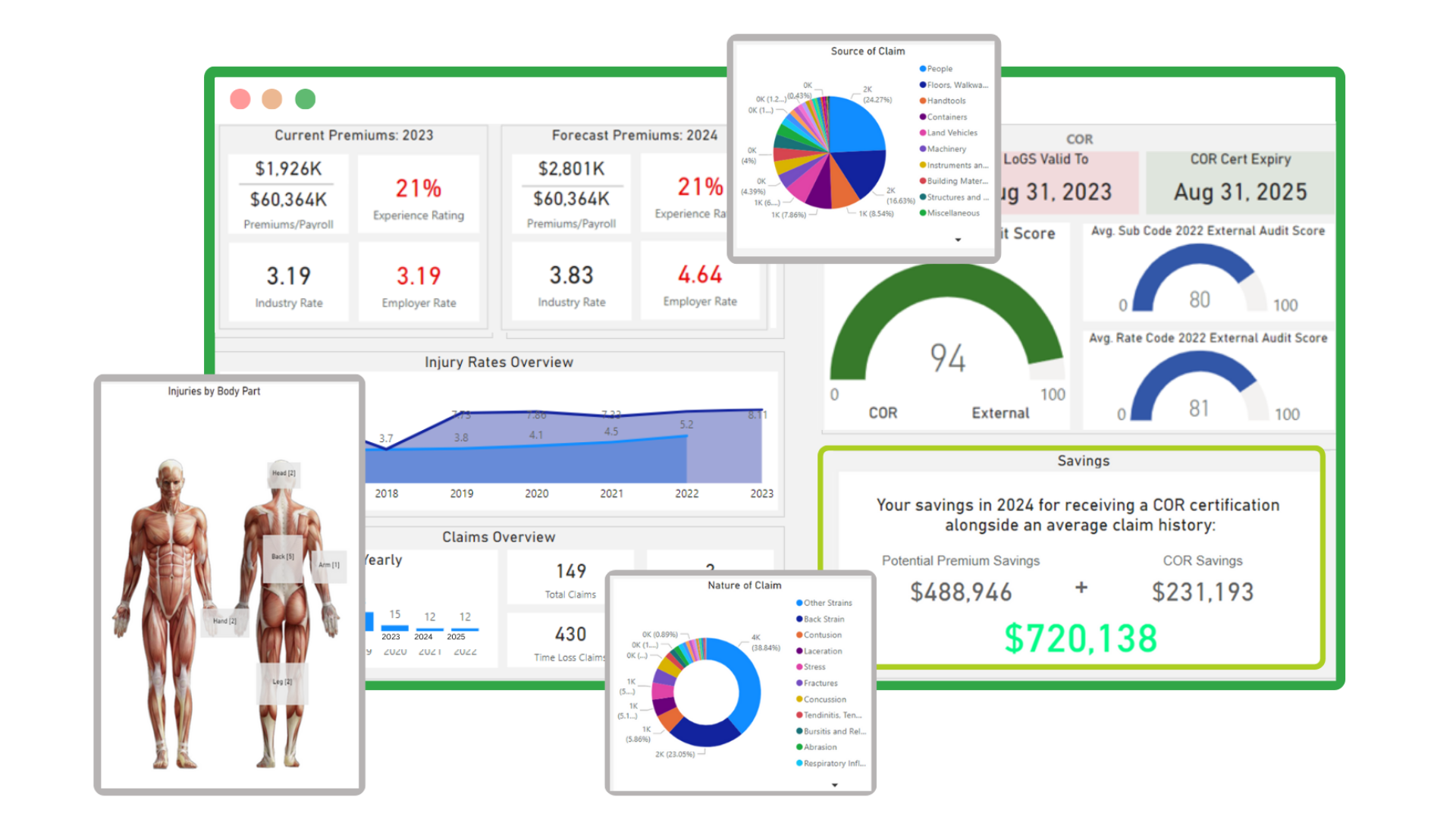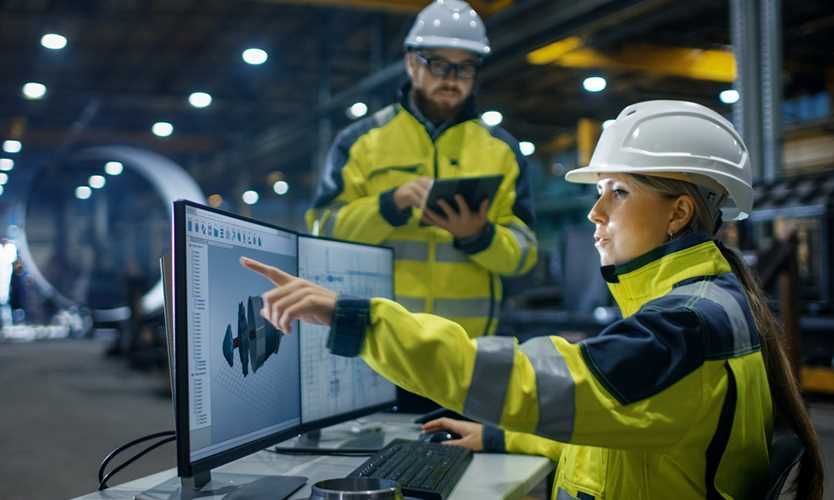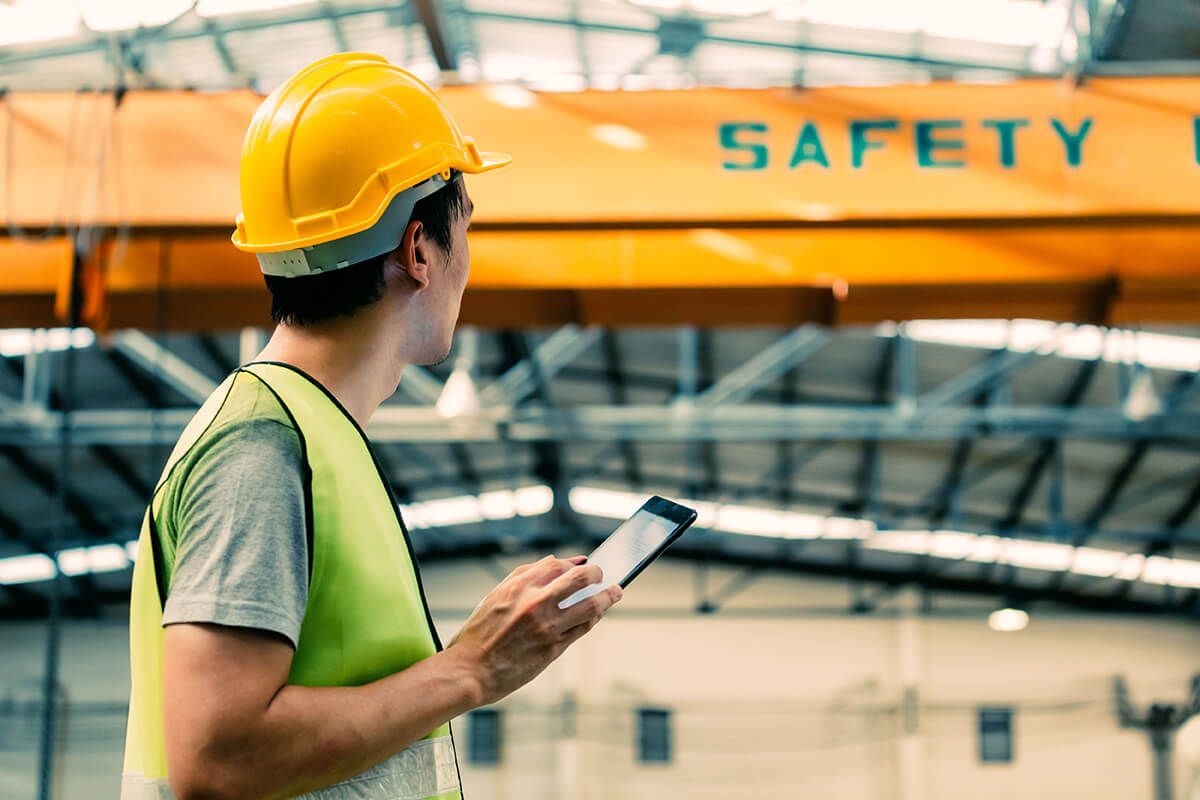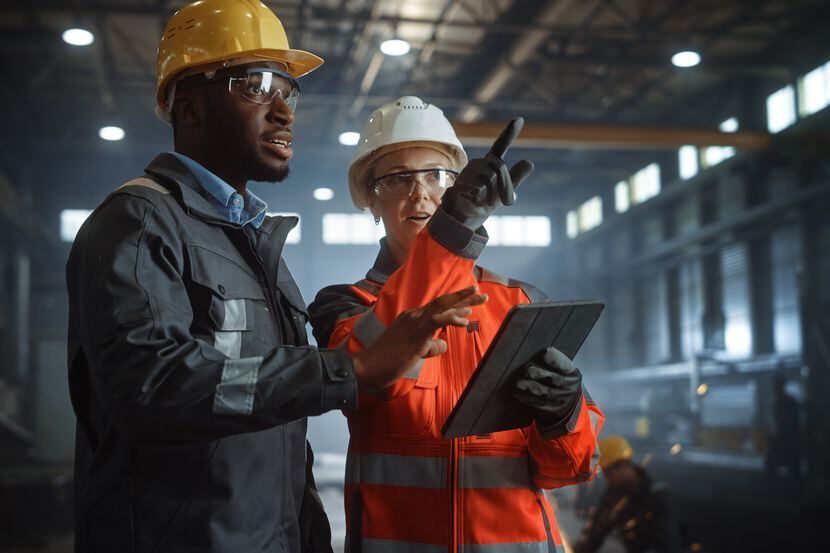🚀 Transforming Workplace Safety: Harnessing Emerging Technologies for HSE Excellence 🤖
Author: Sensori Safety Published: 11/24/2023 Time: 3 Minutes
In today's fast-paced business landscape, prioritizing Health, Safety, and Environment (HSE) is not just a moral imperative but also a strategic move for long-term success. As we navigate the digital era, companies are increasingly turning to emerging technologies to revolutionize their HSE practices. In this blog post, we'll explore how organizations can implement cutting-edge technologies for enhanced workplace safety, and the myriad benefits that come with this innovative approach.
1. IoT and Wearables for Real-Time Monitoring 🌐
Embrace the Internet of Things (IoT) and wearable devices to monitor employees' health and safety in real time. Smart sensors can track environmental conditions, detect hazardous materials, and monitor vital signs, providing instant alerts in case of emergencies. This proactive approach enables swift response measures, reducing the risk of accidents.
Benefits: ⏱️ Real-time alerts, Early intervention, Improved incident response.
2. Augmented Reality (AR) for Training and Simulations 🕶️
Leverage augmented reality to enhance HSE training programs. AR simulations can create realistic scenarios, allowing employees to practice emergency responses in a controlled virtual environment. This immersive learning experience helps boost preparedness and reduces the likelihood of accidents.
Benefits: 🎮 Interactive training, Realistic simulations, Enhanced learning retention.
3. Artificial Intelligence (AI) for Predictive Analytics 🤖
Implement AI algorithms to analyze historical data and identify potential safety hazards. Predictive analytics can forecast potential risks, enabling proactive measures to mitigate them. This data-driven approach enhances overall safety planning and minimizes the occurrence of workplace accidents.
Benefits: 📊 Data-driven decisions, Proactive risk management, Accident prevention.
4. Robotics for Hazardous Tasks 🤖
Integrate robotics for tasks that pose a high risk to human safety. Robots can be deployed to handle hazardous materials, inspect dangerous environments, or execute tasks in confined spaces. This reduces the exposure of employees to potential dangers and enhances overall workplace safety.
Benefits: 🤖 Increased efficiency, Reduced human risk, Precision in hazardous tasks.
5. Blockchain for Supply Chain Transparency 🧱
Utilize blockchain technology to ensure transparency in the supply chain, especially in industries dealing with hazardous materials. This helps in tracking the origin, handling, and transportation of materials, ensuring compliance with safety regulations and preventing potential risks.
Benefits: 🔗 Transparent supply chain, Compliance assurance, Risk mitigation.
Embracing emerging technologies for HSE in the workplace is not just a trend; it's a necessity for creating a safer, more efficient work environment. By incorporating IoT, AR, AI, robotics, and blockchain, companies can proactively manage risks, enhance training programs, and foster a culture of safety. The future of workplace safety lies in the hands of those willing to innovate and harness the power of technology for the well-being of their employees. 🌐🤖🚀
For an in-depth exploration of strategies and tips on integrating new technology into your safety initiatives, be sure to check out the book titled "EHS 2.0: : REVOLUTIONIZING THE FUTURE OF SAFETY WITH DIGITAL TECHNOLOGY." Authored by
Tony Mudd, CSP, this book offers a comprehensive guide to navigating the intersection of environment, health, and safety with cutting-edge technologies. As you embark on this transformative journey, remember that the integration of emerging technologies is not just about compliance; it's about fostering a culture of safety, innovation, and well-being for your workforce. By staying informed and adopting the right tools, you're not just future-proofing your workplace but also paving the way for a safer, more resilient future. 📚💡✨











